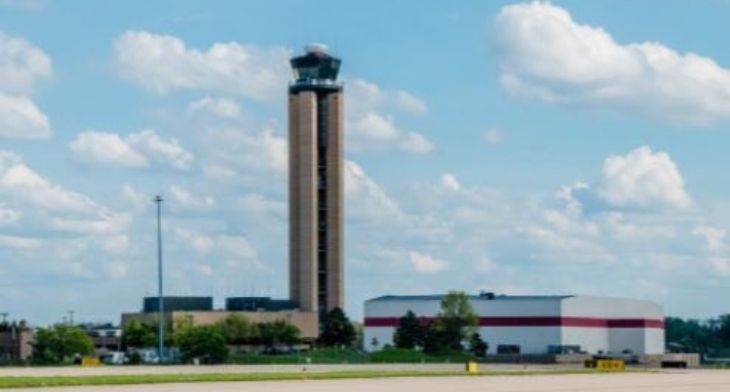


Pittsburgh Airport in the US has partnered with Honeywell to test air quality improvement technology at the airport’s innovation centre, xBridge – a 10,000 sq. ft. custom-built facility that was completed last year. The partnership makes the North American hub the first US airport to deploy Honeywell’s Healthy buildings dashboard and air quality sensing technology.
The dashboard at xBridge measures key indoor air quality (IAQ) parameters such as temperature, humidity, carbon dioxide, particulate matter and volatile organic compounds (VOC). The dashboard seamlessly integrates into existing systems within the airport providing real-time updates on the airport’s air quality performance to help staff identify and correct critical building controls issues.
Commenting on the roll out of the new technology April Gasparri, Pittsburgh Airport’s Vice President of Public Safety, Operations, and Maintenance, said: “The emphasis on air quality has greatly increased due to COVID-19, and airports must look to adjust our facilities for the long term to create safer environments for travellers and the people who make travel happen every day.”
The airport has also implemented Honeywell Forge enterprise performance management software to monitor and address maintenance issues with the airport’s air filters, increase public health efforts and improve staff and passenger confidence in travel.
“Public health, safety and security are always the top priorities at Pittsburgh International Airport. Working with companies like Honeywell through our xBridge innovation centre allows us to not only test new technologies but also look for ways to solve bigger challenges that will improve the experience for our airline partners, staff and passengers,” added Gasparri.
From an operational perspective Honeywell’s Healthy Buildings dashboard can visualise information via a single screen to allow the Pittsburgh facilities staff to make real-time decisions based on air quality fluctuations. If increased occupancy creates higher carbon dioxide levels for example, the airport can immediately respond to improve social distancing or incrase airflow to the HVAC system in a specific zone.
Based on a recent survey fielded by Honeywell, 61% of surveyed airport workers were particularly concerned about potential COVID-19 transmission through the air and 40% identified outdated ventilation systems as a bigger safety threat than co-workers not following safety guidelines.
“Airports face challenges managing indoor air quality such as outdoor pollutants from airside operations, varying occupancy density and numerous zones with different heating and cooling demands. The team at Pittsburgh International Airport has an innovative mindset and is looking to identify ways to further improve its indoor air quality to solve these problems,” noted Keith Fisher, Vice President and General Manager of services for Honeywell Building Technologies. “We’ve been able to deploy new solutions at Pittsburgh to keep it current with the latest technology and create a safer and healthier space without any downtime,” he concluded.





